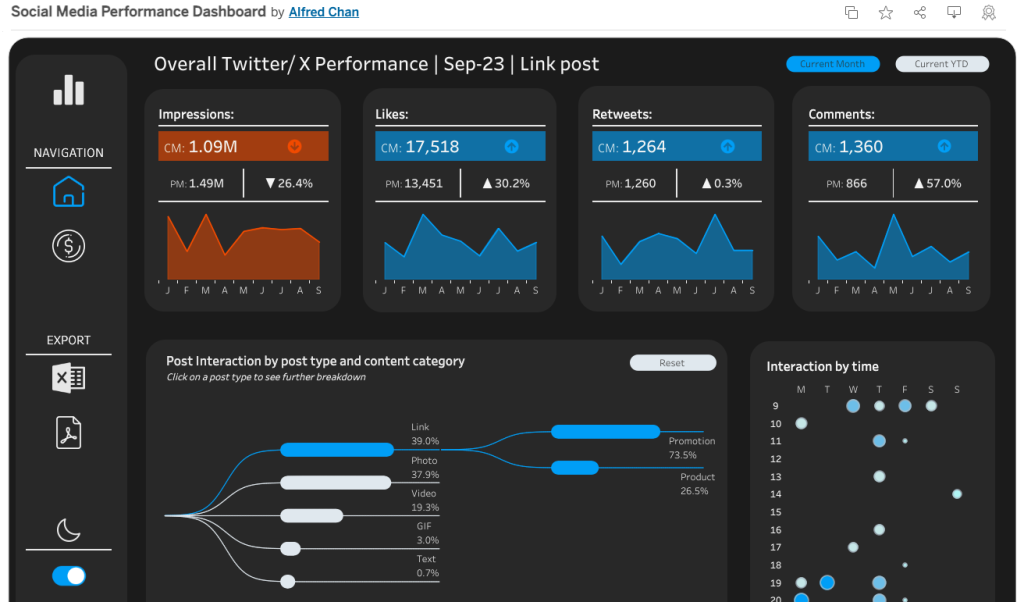How to Create a Standout Portfolio That Gets Noticed
Looking to transform your job search from ordinary to extraordinary? A career portfolio might be your key. Going beyond a resume, a portfolio is a dynamic showcase of your professional journey, spotlighting your unique skills and achievements. This guide will walk you through creating a portfolio that not only makes your application seen but remembered. Let’s dive in and build a portfolio that makes you shine in the job market!
Why Build a Career Portfolio?
Think of your portfolio as the highlight reel of your career—a powerful way to impress in today’s competitive job market. Unlike a resume that lists jobs and education, a portfolio is a visually engaging collection that includes videos, images, and project examples. Particularly valuable in fields requiring creative or technical expertise, a portfolio lets you say, “Look at what I can do!” and gives you an edge over other candidates.
Essentials of an Effective Career Portfolio
Creating a portfolio that reflects your unique journey can set you apart, whether you’re a seasoned professional or a recent graduate. Here’s what to include:
- Work Samples: Feature top projects that showcase your skills—designs, articles, project plans, reports, or code snippets.
- Resume & Cover Letter: Include downloadable versions of both for easy access.
- Testimonials & References: Positive feedback from past employers or clients adds credibility.
- Awards & Certifications: Highlight any accolades or certifications that reinforce your expertise.
- Personal Projects: Show your passion with personal work, especially relevant for creatives.
Organizing Your Portfolio for Maximum Impact
A well-structured portfolio makes it easy for viewers to navigate and highlights your professional growth. Here are some best practices:
- Clear Navigation: Organize content with easy-to-find sections or tabs.
- Tell a Story: Arrange your work to tell a cohesive story about your career and skills.
- Focus on Quality: Showcase only your best work—better fewer exceptional pieces than many average ones.
- Update Regularly: Add new projects to stay current.
- Include Contact Info: Ensure your email and LinkedIn are easy to find for potential employers.
Special Portfolio Tips for College Students
For college students entering the workforce, your portfolio can make up for a shorter experience with creativity and potential. Consider including:
- Coursework & Projects: Feature class projects or papers that demonstrate relevant skills.
- Internships & Part-Time Roles: Show practical experience, even if it’s not directly in your field.
- Extracurriculars: Clubs, volunteer work, and sports can illustrate valuable soft skills.
- Online Courses: Any additional learning shows initiative and continuous development.
- Visual Appeal: Make your portfolio visually engaging to stand out as a new graduate.
Building Your Portfolio: Step-by-Step Guide
Ready to roll up your sleeves? Here’s how to create a portfolio that truly represents who you are:
- Select Your Best Work: Reflect on your proudest achievements, showcasing a mix of skills.
- Diverse Skills: Include various projects to demonstrate versatility.
- Relevant to Job: Tailor your portfolio to the role or industry you’re aiming for.

Enhancing Your Portfolio with Multimedia
In today’s digital-first world, multimedia is your friend. Use interactive content, videos, and images to make your portfolio vibrant and engaging.
Platforms to Explore:
- Tableau Public: Ideal for data visualizations.
- SlideShare: Share presentations and business content.
- GitHub: Perfect for tech portfolios.
- Dribbble: Great for designers.
- Portfoliobox: Easy-to-use for creatives without coding.
Keep It Professional: Ensure your multimedia elements add value, not distraction, with a clean, professional design.
Leveraging Your Portfolio in Your Job Search
Once your portfolio is ready, make it work for you. Include a link in your resume, cover letter, and LinkedIn profile. Tailor your content to highlight projects that fit the job description. During interviews, use your portfolio to support answers, showcasing your achievements visually. A strong portfolio can turn a good interview into a great one, helping you leave a memorable impression.
Final Takeaway: Build a Portfolio That Sets You Apart
Your portfolio is more than a collection of past work—it’s a strategic tool to showcase your potential and why you’re the best candidate. Whether you’re crafting a digital portfolio or a sleek presentation, each piece should highlight your professional value and uniqueness. Start today, and let your portfolio be the career tool that opens doors to your dream role!


